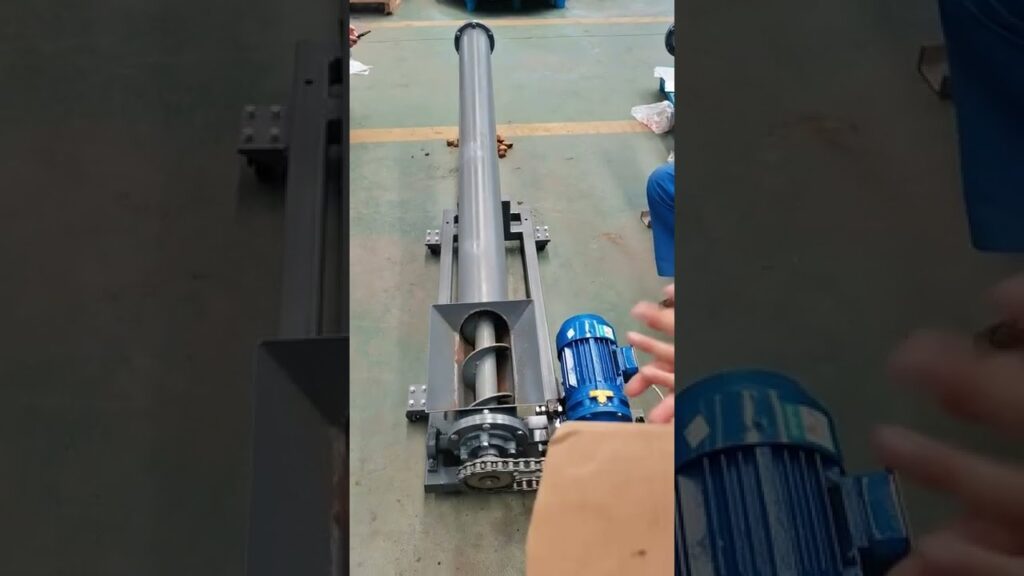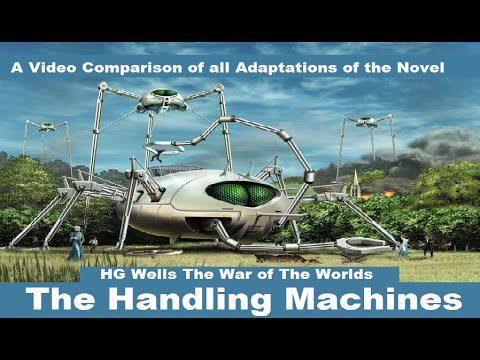Introduction
Material handling plays a crucial role in various industries, ensuring the efficient movement and storage of products and materials. To understand the principles that govern this vital aspect, I came across a fascinating YouTube video that delves into the 10 Principles of Material Handling. In this article, we will explore and discuss these principles in detail, shedding light on their significance and the role they play in the effective operation of handling equipment.
Principle 1: Planning
The first principle emphasizes the importance of having a well-thought-out plan in place before undertaking any material handling activities. This involves assessing the inventory, understanding the required movements, and considering factors such as space utilization and safety measures. By planning ahead, companies can avoid unnecessary delays and increase overall efficiency.
Principle 2: Standardization
Standardization is crucial for streamlining material handling processes. By implementing standardized methods and equipment, companies can ensure consistency and eliminate confusion. This principle also emphasizes the need to establish clear guidelines and protocols to train employees effectively, optimizing their performance and reducing errors.
Principle 3: Work Principle
The work principle focuses on aligning the employee’s physical capabilities with the tasks at hand. It involves considering factors such as ergonomics, safety, and training to ensure that workers can perform their duties efficiently and without risk of injury. Adhering to this principle promotes a healthy work environment and reduces the chances of costly accidents.
Principle 4: Space Utilization
Efficient use of space is crucial in material handling. This principle highlights the importance of analyzing available space, designing storage systems, and utilizing layout techniques that maximize productivity. By optimizing space utilization, companies can increase storage capacity, enhance accessibility, and improve overall workflow.
Principle 5: System Integration
Modern material handling systems consist of various components that need to work together seamlessly. The principle of system integration emphasizes the need to integrate different elements, such as conveyors, forklifts, and automated systems, to ensure smooth operations. This integration leads to increased efficiency, reduced downtime, and better overall resource utilization.
Principle 6: Automation
Advancements in technology have paved the way for automation in material handling. This principle highlights the benefits of implementing automated systems, such as robotics and computerized controls, to improve efficiency and accuracy. Automation reduces manual labor, minimizes errors, and enables companies to handle larger volumes of materials in less time.
Principle 7: Communication
Effective communication is vital in any handling equipment setting. This principle emphasizes the need for clear communication channels between all parties involved in material handling, including employees, supervisors, and even suppliers and customers. By fostering open lines of communication, companies can prevent misunderstandings, coordinate tasks effectively, and address any issues promptly.
Principle 8: Safety
Ensuring the safety of employees and the materials being handled is paramount. This principle places great importance on implementing safety measures, providing appropriate training, and regularly conducting inspections to identify and mitigate potential risks. By prioritizing safety, companies can protect their workforce and assets while minimizing the negative impact of accidents.
Principle 9: Environmentally Friendly Practices
As sustainability gains prominence, the principle of environmentally friendly practices becomes increasingly relevant. It emphasizes the need to adopt eco-friendly solutions, such as energy-efficient equipment and waste-reducing measures. By considering the environmental impact of material handling operations, companies can contribute to a greener future and enhance their brand reputation.
Principle 10: Continuous Improvement
The final principle centers around the concept of continuous improvement. It encourages companies to regularly review and evaluate their material handling processes, identifying areas for optimization and implementing innovative solutions. By consistently seeking ways to improve, organizations can stay ahead of the competition, adapt to changing market conditions, and maintain a competitive edge.
Conclusion
Material handling is a critical aspect of many industries, and understanding the principles governing it is crucial for achieving efficiency and productivity. The 10 Principles of Material Handling covered in the YouTube video shed light on key factors such as planning, standardization, space utilization, system integration, automation, and safety. By adhering to these principles, companies can optimize their handling equipment, streamline operations, and enhance overall performance. Moreover, incorporating environmentally friendly practices and promoting continuous improvement allows organizations to remain agile and sustainable in an ever-evolving business landscape.
Handling Machine
“Maximizing Efficiency and Safety: Essential Principles of Material Handling and Handling Equipment Unveiled”


